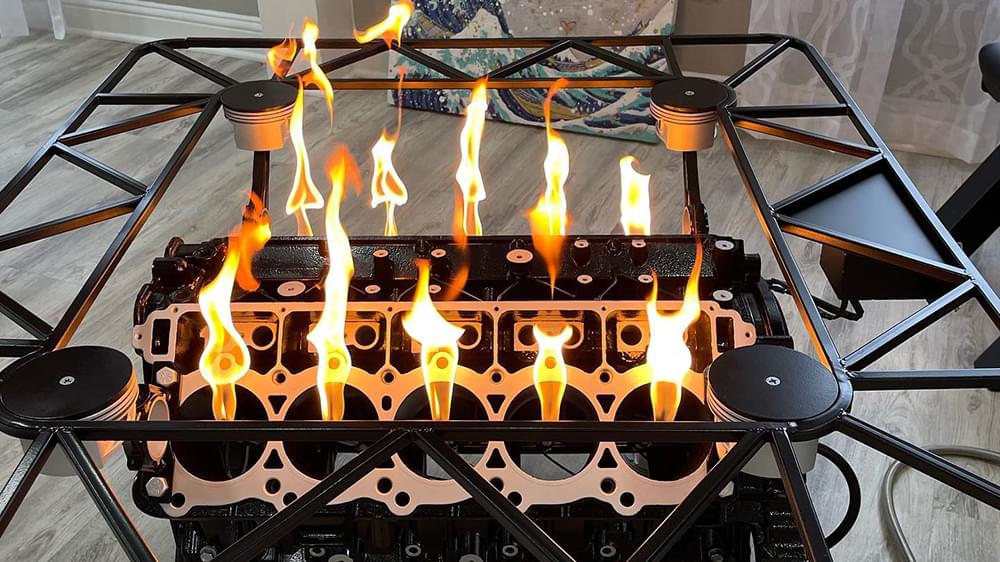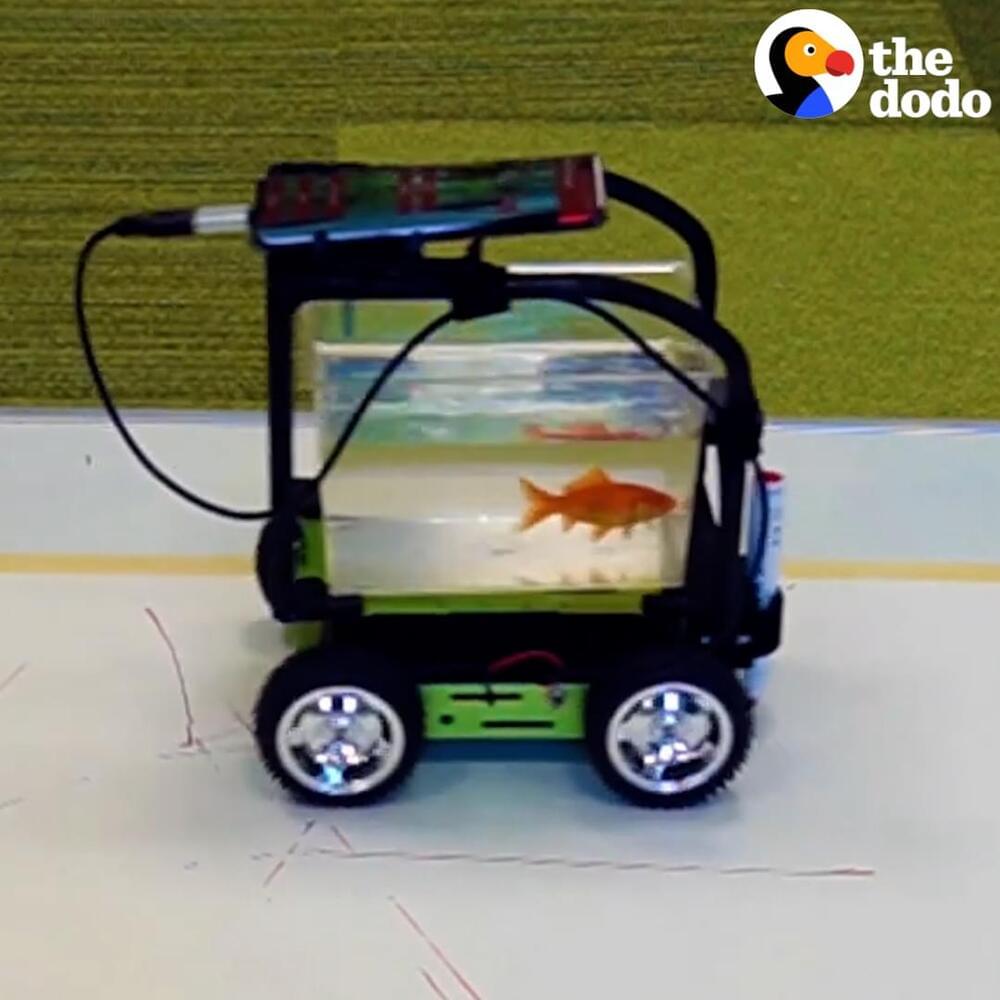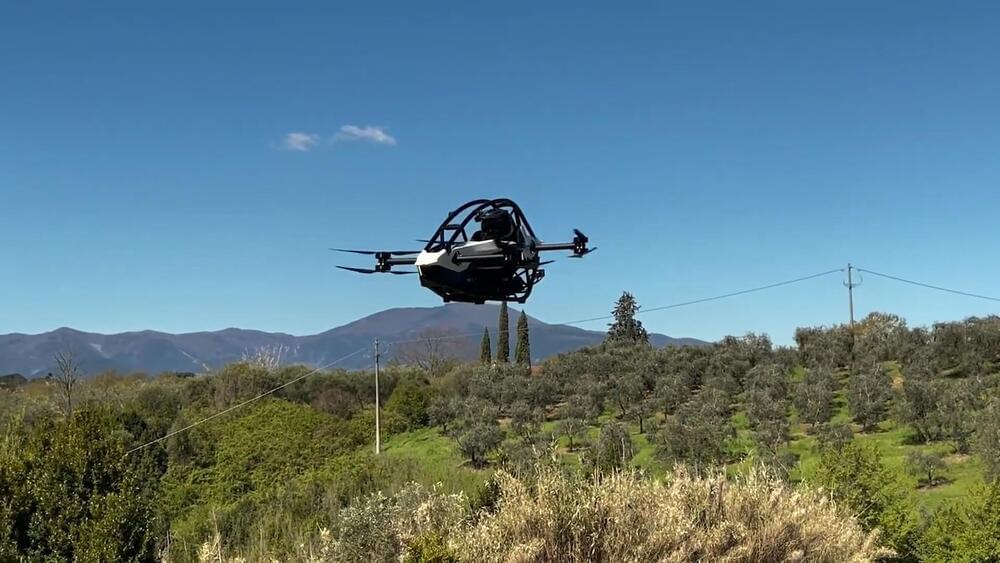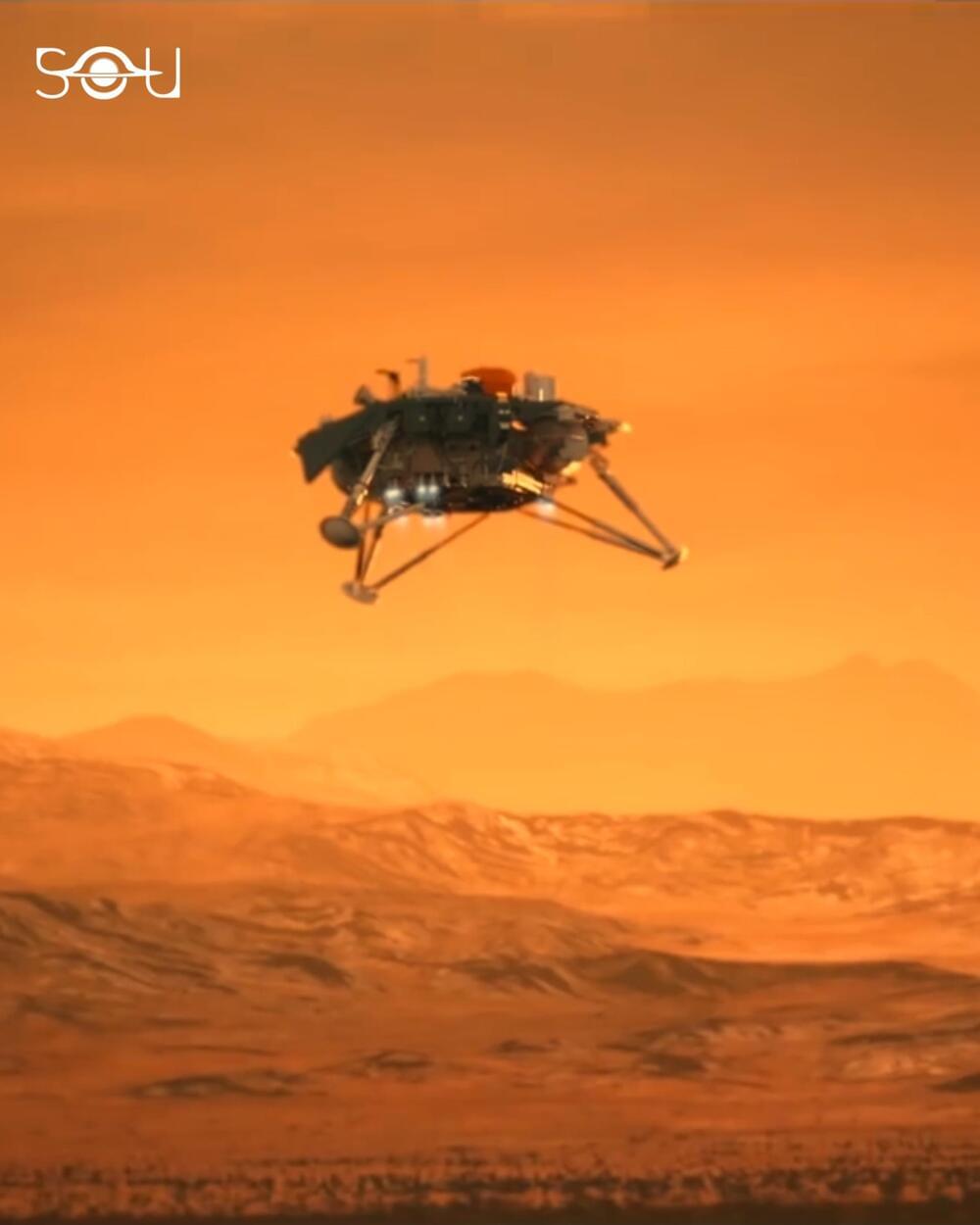Category: futurism – Page 661


A Designer Turned a Dodge Viper V-10 Engine Into a Fire-Breathing Coffee Table
The artist used the Viper’s massive 10-cylinder mill, which has been given a deep scrub so that it looks practically brand new, as the pit’s base. He then attached pistons and connecting rods to the engine block for use as legs and support. In images of the table Cobb posted to Facebook you’ll notice that there’s no surface, but that’s likely just to show off its fire pit capabilities. We imagine a simple glass top could be used to turn it into a fully functional coffee table.
While the table-pit’s design is likely to stop you in your tracks, even more jaw-dropping are its fire-breathing capabilities. Cobb equipped each cylinder of the engine with its owner burner and igniter, so that a flame spits out of each. He also rigged up a pretty cool ignition system to turn the fire pit on. You simply turn a key installed in the engine block to turn on the igniters and feed each of them gas from an attached tank by stepping on the pedal from an actual Viper. It’s really not much different from getting the actual supercar’s engine roaring. Of course, it should go without saying that you’ll only want to use the fire pit function outside. If you’re eyeing this as a coffee table, though, its suitable for indoor use.






New Research Shows the Earth’s Inner Core Oscillates — Causes Variation in the Length of a Day
Scientists identify a six-year cycle of super-and sub-rotation that affected the length of a day based on their analysis of seismic data.
Earth’s structure is divided into layers, with the inner core at the center followed by the outer core, lower mantle, upper mantle, crust, and atmosphere. The inner core is the hottest part of the planet at about 10,000 °F (5400 °C), which is similar to the temperature of the surface of the sun!
Believed to consist mostly of an iron-nickel alloy.
